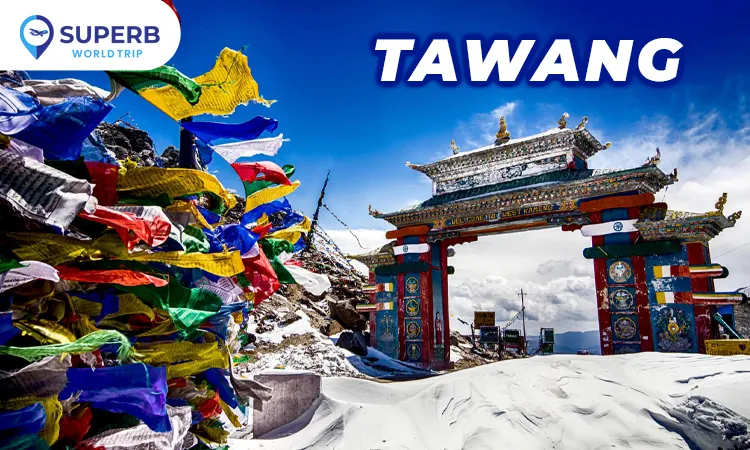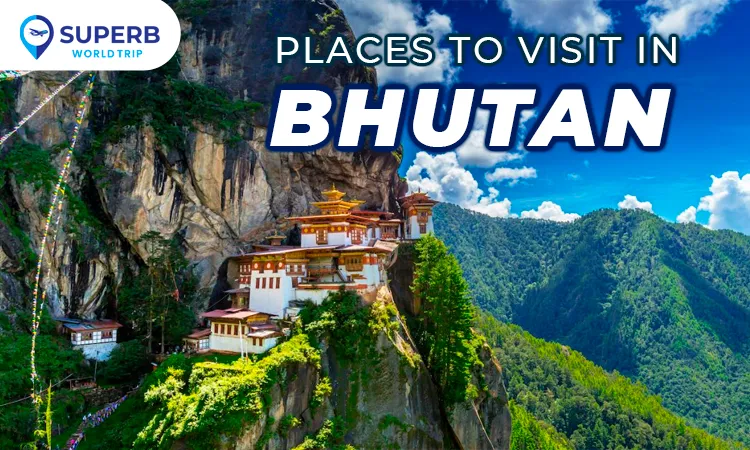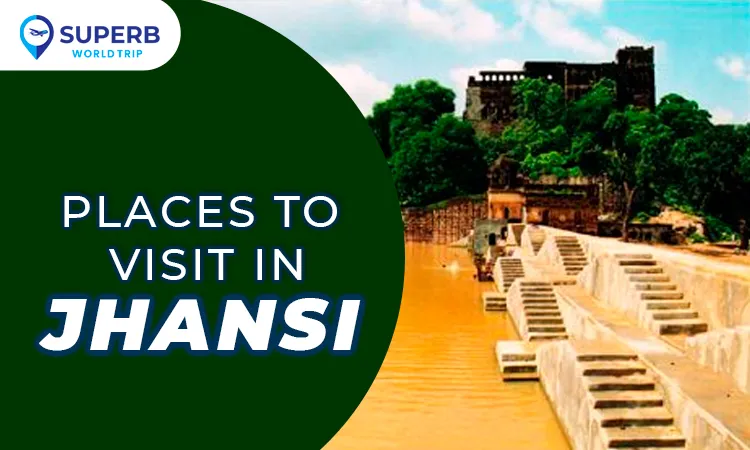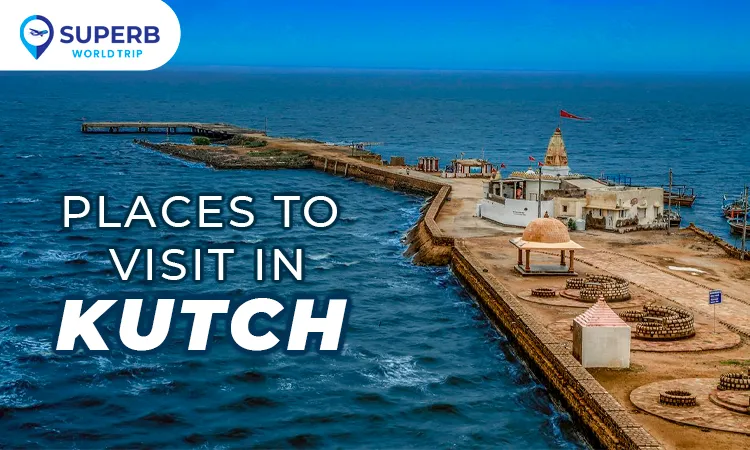Tawang Travel Guide: Explore Arunachal Pradesh’s Mystical Gem

Nestled in the northeastern frontier of India, Tawang in Arunachal Pradesh is nothing short of a Himalayan gem.
Surrounded by towering snow-capped peaks, lush valleys, and sparkling rivers, Tawang enchants travelers with its serene landscapes, vibrant culture, and spiritual richness.
Known for its Tawang Monastery, the second largest Buddhist monastery in the world, and its breathtaking views of the Eastern Himalayas, Tawang offers a unique mix of adventure, spirituality, and tranquility.
Visiting Tawang feels like stepping into a different world—where time slows down, prayer flags flutter in the cold wind, and monks chant in ancient halls.
This guide will help you plan your journey with detailed insights into attractions, trekking, accommodation, local cuisine, travel tips, and more.
Overview of Tawang
Tawang is located at an altitude of approximately 3,048 meters (10,000 ft) in the Western Himalayas, near the border with Bhutan and Tibet.
The town serves as the district headquarters and is a hub for exploring the surrounding valleys, rivers, and high-altitude passes.
Tawang’s culture is deeply influenced by Mahayana Buddhism, and the town is dotted with monasteries, stupas, and temples that showcase intricate architecture and spiritual heritage.
The town is surrounded by magnificent landscapes—from alpine meadows to dense pine forests—making it ideal for trekking, photography, and nature walks.
Adventure seekers will find rivers and mountain passes perfect for exploration, while spiritual travelers will feel a deep sense of calm amidst ancient monasteries.
Best Time to Visit Tawang
The best time to visit Tawang largely depends on your interests:
- April to June (Summer): Ideal for sightseeing and outdoor activities. The weather is pleasant, and flowers bloom across the valleys.
- September to November (Autumn): Post-monsoon season brings crystal-clear skies and spectacular mountain views — perfect for photographers and trekkers.
- December to February (Winter): Cold and sometimes snowy, winter offers a magical Himalayan experience for those prepared for chilly temperatures.
- July to August (Monsoon): Heavy rainfall and landslides can disrupt travel. Not recommended.
How to Reach Tawang
Reaching Tawang requires careful planning due to its remote location, but the journey is part of the adventure.
By Air
The nearest airport is Tezpur Airport (Assam), about 450 km from Tawang. Another option is Zero Airport (Assam), which is slightly closer but has limited connectivity. From the airport, travelers can hire taxis or join organized tours to reach Tawang.
By Train
The nearest major railway station is New Jalpaiguri (NJP) in West Bengal or Guwahati in Assam. From these stations, you can take taxis or buses to reach Tawang.
By Road
Tawang is well-connected by highways and mountain roads. The journey from Guwahati, Bomdila, or Tezpur is scenic, passing through rivers, forests, and high-altitude passes like Sela Pass, which is one of the most breathtaking points en route.
Tip: Many travelers prefer road trips to Tawang as it offers stunning landscapes along the route, including lakes, waterfalls, and ancient monasteries.
Top Attractions in Tawang
1. Tawang Monastery
The crown jewel of Tawang, Tawang Monastery, is the largest in India and the second largest in the world. Built in the 17th century, it houses a massive Buddha statue, sacred scriptures, and meditation halls. Visitors can witness monks performing rituals and explore the museum for a glimpse into Tibetan Buddhist culture.
2. Sela Pass and Sela Lake
Sela Pass, at an altitude of 4,170 meters, connects Tawang with other parts of Arunachal Pradesh. The adjacent Sela Lake is an azure gem surrounded by snow-capped peaks. The serene beauty and high-altitude environment make it a must-visit for nature lovers and photographers.
3. Bum La Pass
Located near the Indo-China border, Bum La Pass offers a glimpse into India’s strategic frontier and provides panoramic views of mountains and valleys. Special permits are required for Indian nationals, and guided tours are recommended.
4. Madhuri Lake
Also known as Sangestar Tso, this stunning high-altitude lake gained fame after the Bollywood movie “Koyla” was shot here. Its turquoise waters surrounded by snow peaks make it one of the most photographed spots in Tawang.
5. Urgelling Monastery
This monastery is the birthplace of the 6th Dalai Lama and is a small but spiritually significant site. The monastery’s traditional architecture and peaceful surroundings attract travelers looking for calm and reflection.
6. Tawang War Memorial
Dedicated to soldiers who fought in the 1962 Indo-China war, the Tawang War Memorial is an important historical and cultural landmark. The memorial is set against a backdrop of snow-capped mountains, making it a solemn and scenic visit.
7. Local Villages
Exploring traditional Monpa villages around Tawang gives visitors a glimpse of local life, handicrafts, and traditional architecture. Villagers are known for their hospitality and cultural performances.
Adventure & Activities
1. Trekking
Tawang offers trekking routes for all levels:
- Bum La Pass Trek: Moderate, scenic trek to the border region.
- Gorichen Peak Base Trek: Challenging trek for experienced mountaineers.
- Sela Pass Circuit Trek: Easy-moderate trek suitable for beginners.
2. Nature Walks and Photography
Everywhere in Tawang is a photographer’s paradise. From golden sunrises over mountains to misty valleys and fluttering prayer flags, the natural beauty is mesmerizing.
3. River Rafting and Fishing
Some rivers around Tawang offer opportunities for trout fishing and mild river rafting in summer months.
4. Cultural Exploration
Attending local festivals like Losar (Tibetan New Year) or Torgya festival gives travelers an immersive cultural experience.
Local Cuisine
Tawang’s cuisine reflects Monpa and Tibetan influences, with hearty dishes suitable for cold weather:
- Thukpa: Tibetan-style noodle soup, perfect for warming up.
- Momos: Steamed or fried dumplings with meat or vegetables.
- Skyu: Traditional Monpa stew made of wheat, vegetables, and cheese.
- Butter Tea: A rich, warming drink made with tea, butter, and salt.
- Local Yak Meat Dishes: Available in authentic homestays and local eateries.
Accommodation in Tawang
Tawang offers a range of stays catering to different budgets:
- Luxury Hotels and Resorts: Comfortable stays with panoramic views and modern amenities.
- Mid-Range Hotels: Ideal for families and groups.
- Homestays: Authentic experience with local food and culture.
- Guesthouses and Tourist Lodges: Affordable options, especially near Tawang Monastery and main market.
Booking in advance is recommended during peak tourist season (April–June and September–November).
Travel Tips for Tawang
- Inner Line Permit (ILP): Required for Indian travelers; can be obtained online or in nearby towns.
- Warm Clothing: Weather can be unpredictable, especially at high altitudes like Sela Pass.
- Acclimatization: Take it slow to avoid altitude sickness.
- Cash is King: ATMs are limited, so carry sufficient cash.
- Respect Local Customs: Monpa culture is deeply spiritual; dress modestly and seek permission before photography in monasteries.
- Travel Insurance: Recommended for adventure activities and trekking.
Nearby Attractions
- Bomdila: Scenic town with apple orchards and Buddhist monasteries.
- Dirang Valley: Known for hot springs and panoramic views.
- Shungatser Lake: High-altitude lake perfect for photography.
- Tawang Circuit: Combine Sela Pass, Madhuri Lake, Bum La Pass, and Tawang Monastery for a comprehensive itinerary.
Why Visit Tawang?
Tawang is a destination that blends adventure, spirituality, and raw Himalayan beauty. From waking up to golden sunrises over snow-capped peaks to exploring centuries-old monasteries to trekking through untouched forests, every moment is magical.
For travelers seeking peace, culture, and Himalayan adventure, Tawang offers an unparalleled experience that lingers in memory long after you leave.
Latest Post
Best Places to Visit Near Raipur: Top Tourist Destinations for a Perfect Getaway
Top Places to Visit in Gwalior: A Complete Travel Guide (2025)
Top Places to Visit in Hampi: A Complete Travel Guide (2025)
Top Places to Visit in Surat: A Complete Travel Guide for 2025
Best Places to Visit in January in India – Winter Travel Guide 2025
Places to Visit in Ujjain: A Complete Travel Guide for 2025
Best Places to Visit in Winter in India: A Complete Travel Guide for 2025
Top Places to Visit in Jodhpur – Ultimate Travel Guide 2025
Best Things To Do In Araku Valley – A Complete Travel Guide (2025)
Best Places to Go in Chikmagalur The Complete Guide to Travel Guide
Best 15 things you can do while in Phuket, Thailand—Your Ultimate Travel Guide
Top 20 Things to do in Coimbatore The Complete Travel Guide
What to See and Do In Gokarna A Comprehensive Travel Handbook for the First-Time Visitor
Things to do in Ooty: The top attractions, activities and the Travel Guide
Gulmarg: India’s Most-Searched Winter Destination – A Comprehensive Travel Guide by SuperbWorldTrip

Phuket, Thailand’s Largest Island, is an Idyllic Tropical Destination

Places to Visit in Bhutan: Journey into the Land of Happiness

Jhansi: the Historical Heart of Bundelkhand

Attractions to Visit in Kutch – Exploring Gujarat
